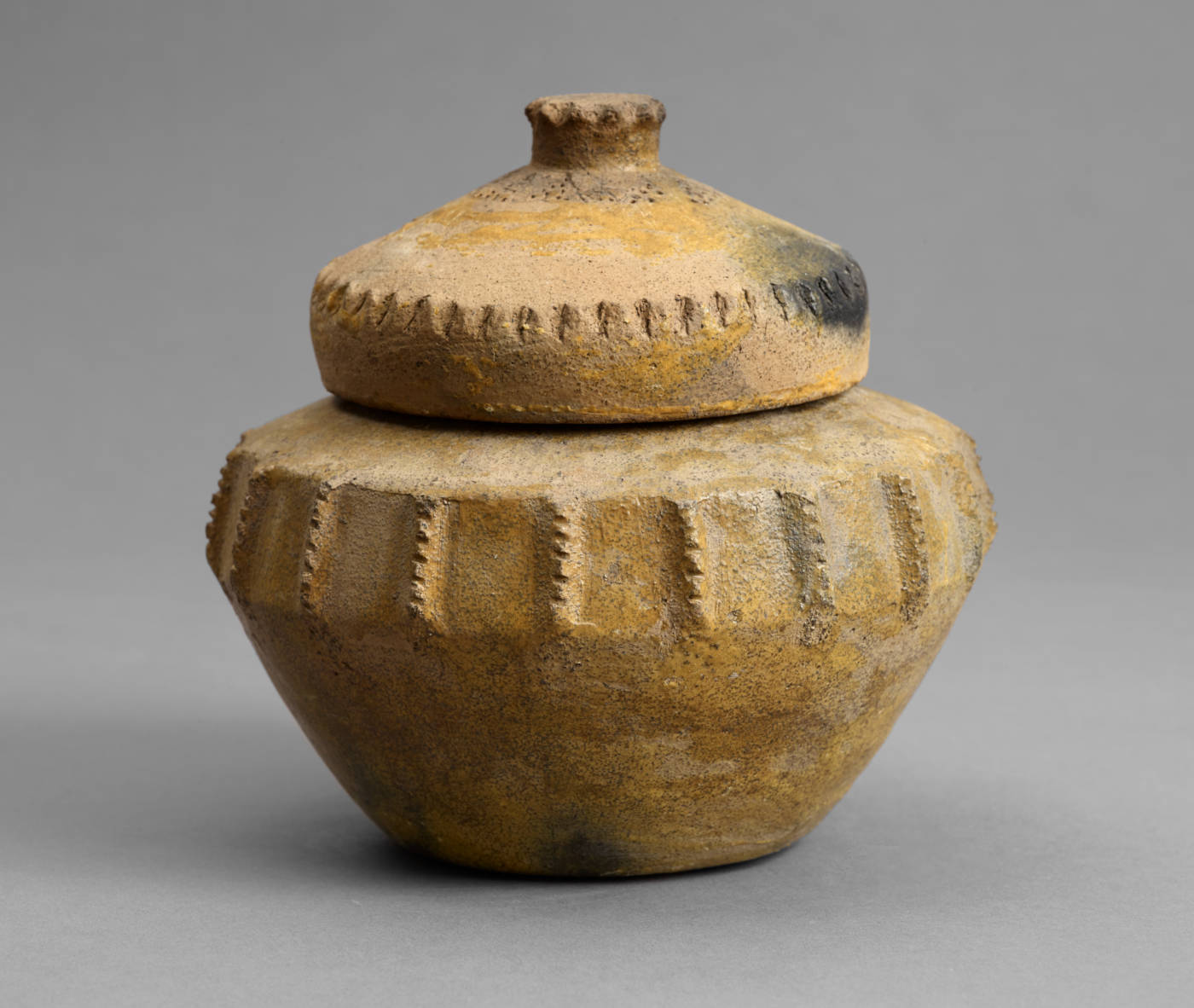
in Italiano / Italian translated by Federica
This object has been translated into 8 different languages by 7 different users
Trasportare e conservare l’acqua diventerà sempre più importante man mano che il clima a livello globale diventerà più caldo e la siccità più frequente. Questo sarà importante non solo per l’agricoltura, ma anche per mantenere la salute umana in condizioni di caldo anomalo, a questo riguardo rimanere idratati è fondamentale. Questo è un esempio di recipiente d’acqua del Borneo, dove le temperature possono raggiungere i 35°C con un’umidità molto elevata.
Qual è il posto più caldo in cui sei stato?
When translating the text, I was uncertain about which Italian word to use for “vessel”. The main options were to use a more direct translation (“vascello”) or a loser translation that is more commonly used such as “vaso” (“vase”). I ended up choosing the former to avoid taking too many liberties when translating the name of the object as I thought this may cause confusion. But I would be interested to know what fellow Italian speakers think and how they would have decided to translate the word. Almost everything else in the text was quite simple to translate. The only liberty I took was adding “a questo riguardo” which means “in this respect” for the sake of clarity and to create a link between the importance of maintaining good health in warm weather and hydrating.
ReportDo you have something you’d like to say, in your own language or English, about the object or translation? We’d like to hear what you think.
Translations are community-sourced and for anyone to participate in, however you use your language. For more information, see Community Guidelines.
18 Sep, 2023
I wonder what year this water vessel is from….
18 Sep, 2023
Dubai is the hottest place I’ve been to. It’s insane!
24 Jun, 2023
Notes on culture
Reading about the Kedalang water vessel led me to question how other older civilizations dealt with the warm weather. Southern and centre Italy can get really warm during the summer with temperatures reaching 40°C. Thus, I started researching how ancient Romans adapted to such high temperatures.
One of the common solutions was taking a bath in a “frigidarium” which was a large cold pool
found in every Roman bath. For those who could afford it, another solution was to escape the cities altogether and go to their villas in small towns near the sea, to spend their time enjoying the beaches. Finally, the wealthiest Romans would even go as far as to import snow from the mountains. They would use this snow in a similar way to how we nowadays use ice. A particularly great use of snow is for the creation of ice cream. The Roman ice cream was called “Snow of Olympus” and it was made with ice, fruit juices, honey, and wine as a base and could include cinnamon, rose water, violets, almonds, dates, and figs. I think it is quite interesting to note that many of those solutions to the hot weather are used by Romans today. Many go to the pools to refresh themselves in the city. The lucky ones also go to seaside villages across Italy or abroad. Finally, thousands of years haven’t changed Italians’ love for ice cream, so it is commonplace in Italy to enjoy ice cream several days a week during the hottest months and it is delicious and refreshing!
14 Jun, 2023
The hottest place l have been to is Gash Barka in Eritrea last year it was 42 Celsius
أعلي درجة حرارة في إريتريا هي إقليم قاس بركة السنة الماضية كانت درجة الحرارة 42
13 Jun, 2023
So happy to see the dhiil on the museum website. I made similar ones when living in Somalia. It was something I learnt from my mother.
11 May, 2023
I had the honour of getting a tour of the Museum with a group of Somali women. We had the opportunity to discuss the history and richness of other cultures as well as our own. To see the enjoyment and glee on the women’s faces when we got to see a representation of the Somali community within the Museum was wonderful. Having the space and opportunity to also discuss what our heritage meant to ourselves was eye opening and empowering, it created a warm sense of unity amongst the women. Thank you to the organisers for giving us this opportunity and we hope to do this again.
2 May, 2023
Women from Somali Advice Link discussed how methods of sterilisation were used in Somalia. These are for camel milk, and the Somali people were the first to develop a method of sterilisation using a type of wood that is burnt like charcoal and added to the milk to make it last for days.
13 Jun, 2023
During a Multilingual Museum workshop Amina told us :
I brought this set of ‘dhiil’, containers for milk, as an example of handmade cups made by Somali women. These are made from the bark of a tree. We call it the qabo tree in Somali.
5 Apr, 2023
What is the hottest place you’ve ever been to?
Well, the hottest place I have ever been to… it happens to be my home country – Greece.
Greece is an archipelagic country in Southeast Europe. I have seen a lot, and very long,
scorching summer days in my life with temperatures reaching 42 degrees Celsius. However,
the hottest day ever recorded in Greece was a staggering 48 degrees Celsius on the July 10th, 1977.